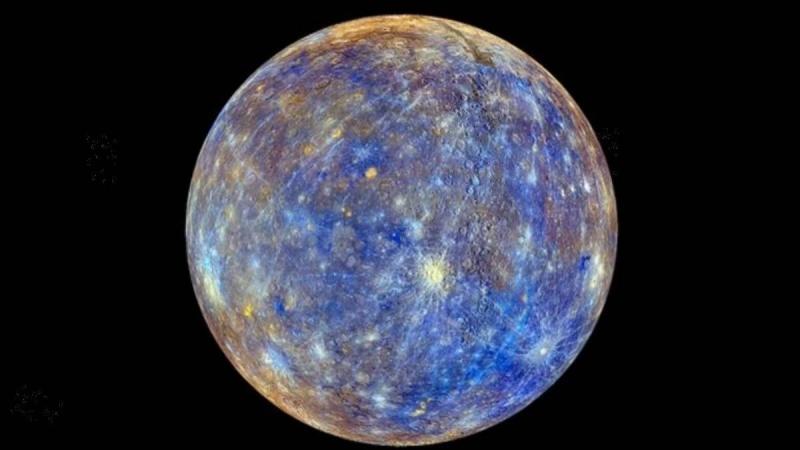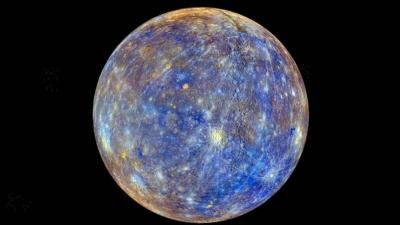A new study has revealed that "Mercury may contain a thick layer of diamond, at depths of hundreds of miles beneath its surface." The findings, published on June 14 in the journal Nature Communications, may help solve mysteries related to the planet's composition and its strange magnetic field. Mercury has puzzled scientists for decades, as its magnetic field is weak (only 1% of Earth's magnetic field strength) and it has a massive core relative to its small size. Despite being the smallest planet in the solar system, it is the second densest planet.
The study suggests that the boundary between Mercury's core and mantle includes a layer of diamond. NASA's MESSENGER spacecraft, the first spacecraft to visit Mercury in thirty years, mapped the entire planet and revealed that its surface is rich in carbon. Scientists had thought they were observing remnants of an ancient layer of graphite pushed to the surface. This theory indicates that Mercury once had a molten surface layer or a sea of magma containing a significant amount of carbon. As the planet cooled, this carbon formed a graphite crust.
Scientists have long suspected that the temperature and pressure of the mantle are the conditions suitable for the formation of carbon into graphite. Because it is lighter than the mantle, graphite appeared on the surface. However, recent evidence suggests that Mercury's mantle may be 80 miles (or 50 kilometers) deeper than previously thought. This means that the pressure and temperature at the boundary between the core and mantle are much higher, and these extreme conditions could cause carbon to crystallize, forming diamonds.




